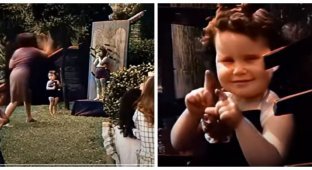The name William Tell is familiar to many. Mainly thanks to the well-aimed shot with which the archer knocked the apple off the child's head. 
But who was really behind the legends? And did this person really exist?
Legendary William Tell 
According to legend, Tell was a skilled crossbow shooter who killed Albrecht Gessler, a local representative of the Austrian dukes from the House of Habsburg, who was located in Altdorf. Tell's defiance and rebellion prompted the inhabitants to revolt and form a coalition against foreign rulers, which later became the Swiss Confederation.
Already, there are clear parallels with another famous folk hero, albeit an English one. Robin Hood was also a famous marksman and also fought with a villain - a representative of the ruling nobility, in his case the Sheriff of Nottingham. Are these legends just folklore common among the common people, or is there some truth to them? 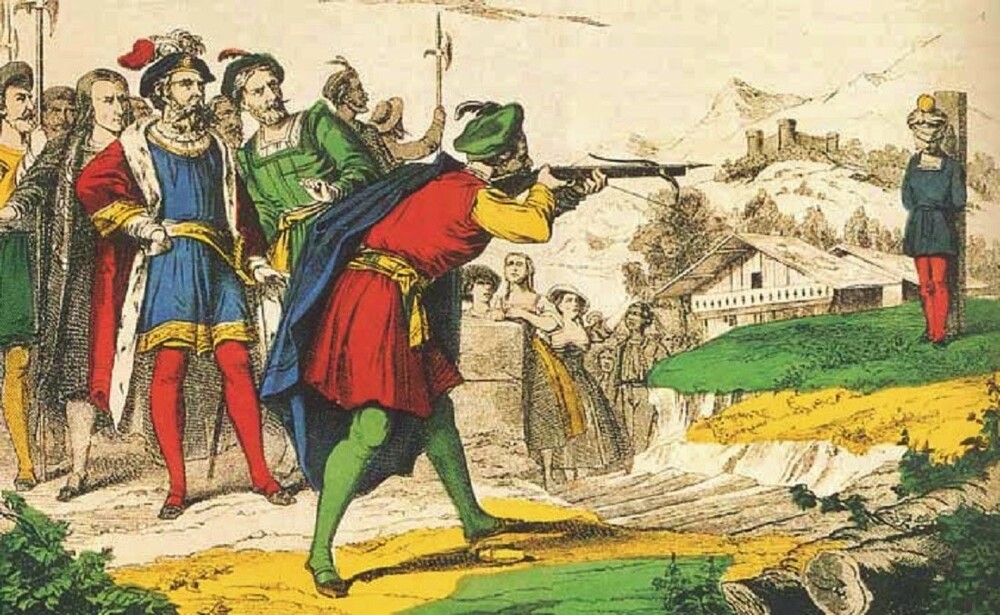
The narrative is believed to have begun at the beginning of the 14th century (traditionally in 1307, during the reign of Albert of Habsburg), although the first documentary evidence of it dates back to the end of the 15th century, when the Swiss Confederation was gaining military and political power. For all his dubious existence, Tell is one of the main characters in the national history of Switzerland. He was a symbolic figure during the formation of the modern country. In the history of Europe in the 18th and 19th centuries, it is also seen as a symbol of resistance to aristocratic rule.
Actions and exploits 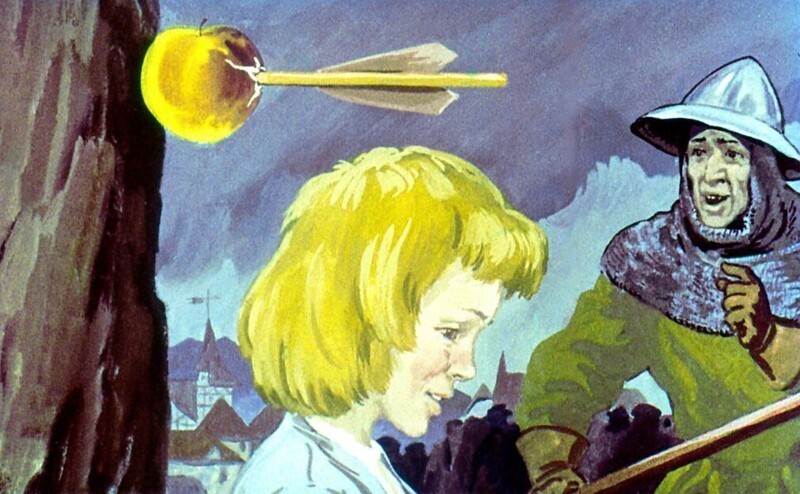
The ballad Tellenlid, written in 1470, contains an early account of Tell. In it he is presented as the first Confederate. Here the story is revealed in detail: Gessler forces Tell to knock an apple off the head of a child, whom he kills with a second arrow before escaping.
Strangely, this text omits Gessler's actual death, although it does note that Tell prepares an arrow to kill him.
An expanded version of the legend is presented by Egidius Tshudi, who wrote it another hundred years later, around 1570. More details are added to the story, probably invented by the author. Additional details include Tell's name (William), his origins, the date of the apple shot, and the story of his death in 1354. 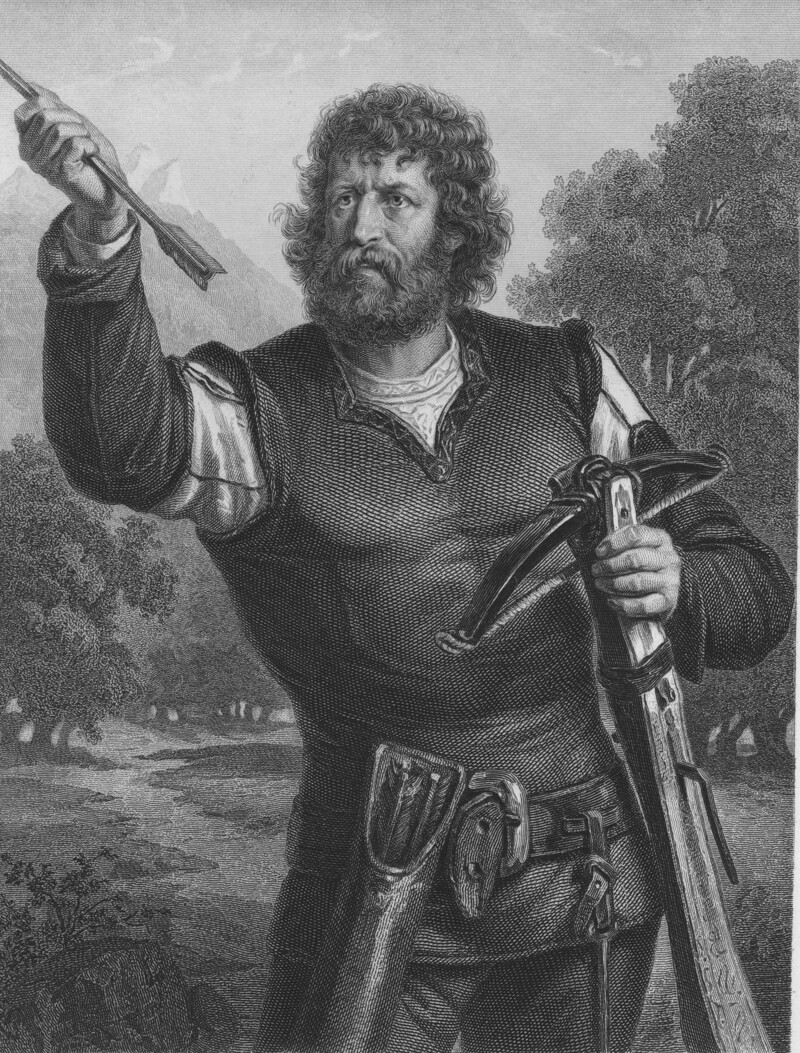
It was this version, taking into account later inventions, that became popular. William Tell here is a skilled crossbow shooter. The Austrian royal house of Habsburg sought to rule the Swiss canton of Uri at this time, and Tell was described as one of the conspirators who promised to resist Habsburg rule.
Albrecht Gessler was the newly appointed Austrian Vogt (viceroy) in Altdorf, Switzerland. He set up a pole under the village linden tree, hung his hat on it and demanded that all the villagers bow before him. When Tell objected, he forced him to take the famous bullseye shot. Tell easily completed the task, after which he was imprisoned, escaped, killed Gessler and led an uprising for the freedom of Switzerland.
Real story and real person? 
This story may seem too good to be true. And the story of William Tell was indeed considered dubious long before modern assessments. An advisor to the Habsburg Emperor, who wrote about it at the beginning of the 17th century, considered the whole story to be fiction.
The fact that the Swiss uprising is well documented but there are no contemporary references to Tell further casts doubt on this narrative. Some parts of the legend have earlier sources and are found in other, usually Norse, legends and tales.
Thus, the likelihood is high that Tell is a creation of the popular mind and a fictional character inserted into the narrative of Swiss resistance to the dominant Habsburg rulers to become its model. Moreover, by praising the virtues of the common man, the legend emphasizes the fact that the uprising was truly a popular one.
Tell brought a common element to the story. And whenever in subsequent years a hero was needed to raise Swiss patriotism, he was turned to again, details were added, and the tale grew and developed, beginning to take on a life of its own. 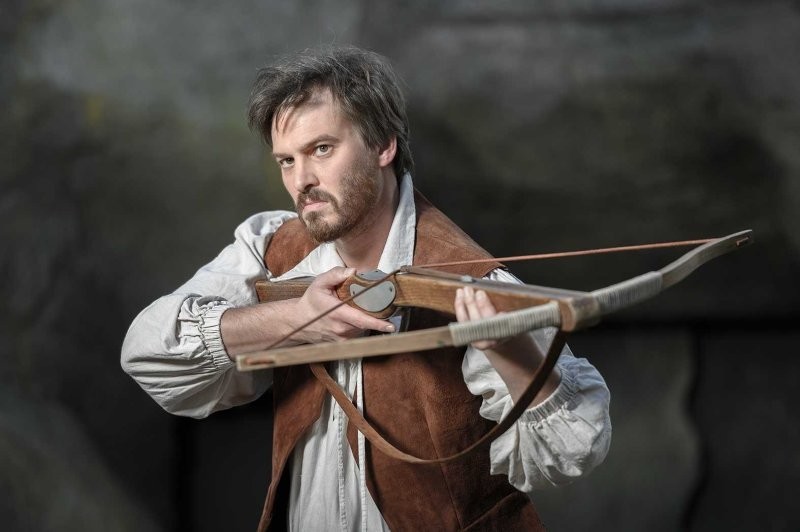
Was he a real person? Perhaps, but one cannot insist on this, since the facts indicate the opposite. However, a beautiful legend exists, and that’s wonderful. And it is no longer particularly important that the hero himself took shape much later than the first mentions of him appeared. 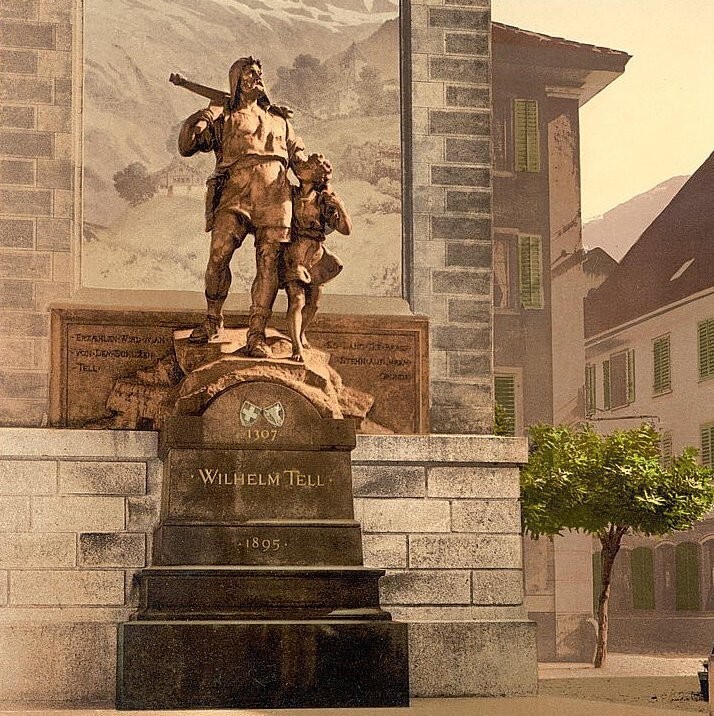
Add your comment
You might be interested in:












